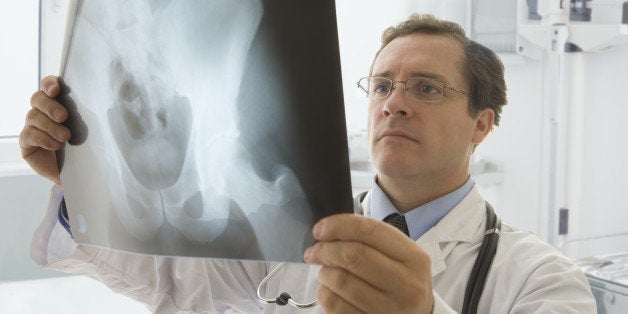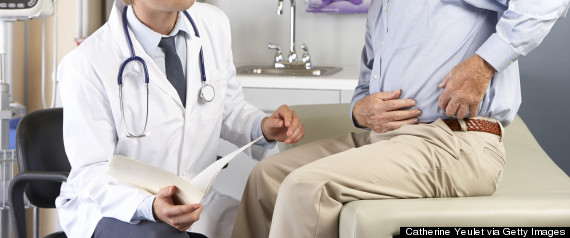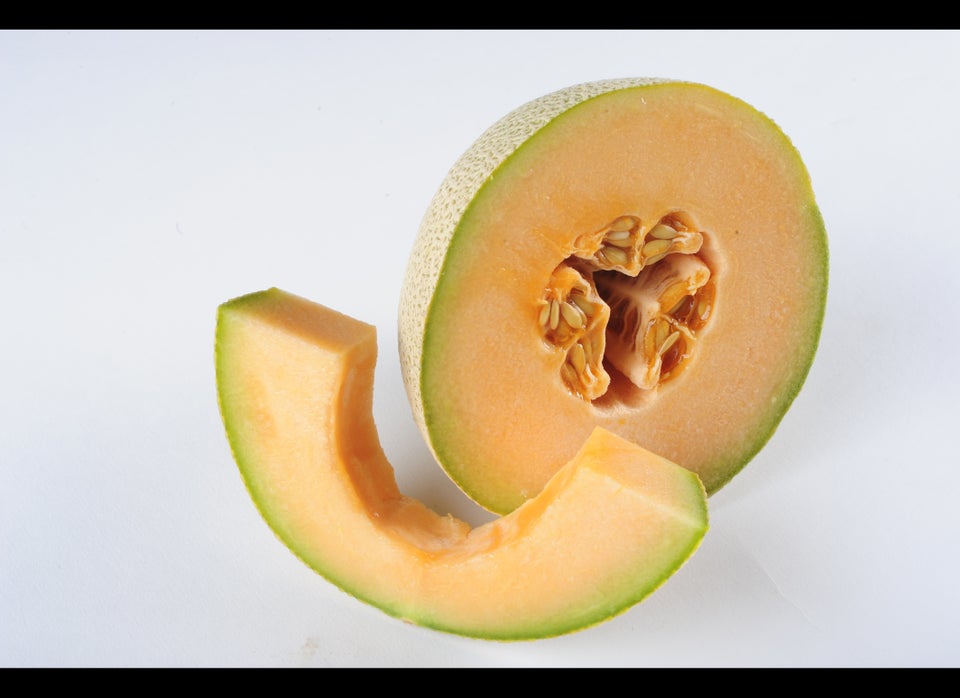
SPECIAL FROM Grandparents.com
Most of us don’t give much thought to our hips—until we fall and break one. Unfortunately, the likelihood of a hip fracture goes up as we get older and our bones become more frail—especially in women. In fact, according to the National Osteoporosis Foundation, half of all women aged 50 and up will break a bone due to osteoporosis. And of the nearly 300,000 hip fracture patients annually, one-quarter end up in nursing homes and half will not regain full function.
Why do hips get brittle?
“As we age, the muscles that support our hip and leg movement lose strength, and the bone density and bone strength of our hips decrease,” says Joan Lappe, Ph.D., R.N., a professor of nursing at Creighton University and spokesperson for the National Osteoporosis Foundation. “The loss of muscle strength puts us at greater risk of falling, and the loss of bone density and strength makes it more likely that we will break a hip if we fall.”
A fall that fractures a hip can be serious—even life threatening, says Bradley F. Giannotti, M.D., an orthopaedic surgeon in Coudersport, PA and spokesperson for the American Academy of Orthopedic Surgeons. Hip fractures can result in significant disability, loss of independence and death. The mortality rate after a hip fracture is about 20 percent within the first year, meaning, one out of five people who experience a hip fracture will die, according to the Centers for Disease Control and Prevention.
Keeping your hips healthy and strong involves building bone and strengthening the muscles that support the hips. Here’s what you can do to preserve your hip health:
1. Exercise regularly Do weight-bearing exercises such as walking, dancing, and hiking, which stimulate bone formation. Aim for 30 minutes most days of the week. Consider doing resistance training or aquatic weight bearing exercises like water aerobics. One study found both are effective at preventing bone loss after menopause, including bone in the hips. “Exercises that maintain and improve balance are also good to lower your risk for falling,” Lappe says. “Yoga and tai chi are great exercises for helping with balance.”
Do weight-bearing exercises such as walking, dancing, and hiking, which stimulate bone formation. Aim for 30 minutes most days of the week. Consider doing resistance training or aquatic weight bearing exercises like water aerobics. One study found both are effective at preventing bone loss after menopause, including bone in the hips. “Exercises that maintain and improve balance are also good to lower your risk for falling,” Lappe says. “Yoga and tai chi are great exercises for helping with balance.”
2. Eat a diet rich in calciumCalcium is a mineral that’s necessary for numerous body functions essential to good health. If you don’t get enough, your body will take it from your bones. Women over 50 need 1,200 mg of calcium a day—the equivalent of about three 8-ounce glasses of milk a day, plus a cup of yogurt. Calcium-rich foods include low-fat dairy products such as milk, yogurt and cheese as well as fortified foods such as cereal, orange juice, and breakfast foods. Leafy greens also provide calcium, but in a form that isn’t as well absorbed as dairy foods, Lappe says. “You need to eat a lot more green leafy food than dairy to get as much calcium as one would get from dairy,” she adds. But don’t overdo it. Levels above 2,000 mg a day may cause problems, including kidney stones, Lappe says.
3. Get your vitamin D To absorb calcium, your body needs vitamin D, a fat-soluble vitamin. Vitamin D can be found in foods such as fatty fish, and fortified dairy products, orange juice, and cereal. You can also get vitamin D by exposing your skin to the sun, though too much can cause skin cancer and premature wrinkles. Your best bet is to take a supplement of vitamin D3 to get the recommended 800 to 1,000 IUs per day. A 2014 Cochrane review of 53 studies found that vitamin D supplements that also contains calcium was especially effective at preventing fractures, including those of the hip. But don’t take more than 4,000 IUs a day. “The risk of too much is high levels of calcium in the blood, hypercalcemia,” Lappe says. “Prolonged hypercalcemia can lead to kidney and cardiovascular problems.”
To absorb calcium, your body needs vitamin D, a fat-soluble vitamin. Vitamin D can be found in foods such as fatty fish, and fortified dairy products, orange juice, and cereal. You can also get vitamin D by exposing your skin to the sun, though too much can cause skin cancer and premature wrinkles. Your best bet is to take a supplement of vitamin D3 to get the recommended 800 to 1,000 IUs per day. A 2014 Cochrane review of 53 studies found that vitamin D supplements that also contains calcium was especially effective at preventing fractures, including those of the hip. But don’t take more than 4,000 IUs a day. “The risk of too much is high levels of calcium in the blood, hypercalcemia,” Lappe says. “Prolonged hypercalcemia can lead to kidney and cardiovascular problems.”
4. Don't smokeAlthough the reasons are unclear, many studies have linked smoking cigarettes with bone loss. One study found that carcinogens in cigarette smoke stimulate the production of osteoclasts, cells that break down bone. “It’s also thought that smoking damages the quality of bone,” Lappe adds.
5. Practice habits that prevent falls Always be aware of your surroundings and watch for hazards such as icy walkways, potholes and uneven sidewalks, Giannotti says. Remove clutter and be careful around pets that can cause a fall. “In general, moving slowly and cautiously can prevent falls,” he adds.
Always be aware of your surroundings and watch for hazards such as icy walkways, potholes and uneven sidewalks, Giannotti says. Remove clutter and be careful around pets that can cause a fall. “In general, moving slowly and cautiously can prevent falls,” he adds.
6. Know your bone densityIf you’re at risk for osteoporosis – small boned, thin, and of white or Asian descent – you should have a scan to measure your bone density, which reveals how strong (or weak) your bones are and your risk for a fracture. Other risks include a family history of osteoporosis, previous fractures, and being in menopause. If your score shows you have osteoporosis, talk to your doctor about treatment options. You may need medication to build bone.
Read more from Grandparents.com:Protect yourself from getting sick at workHow sex boosts your brain function5 surprising heartburn remedies
